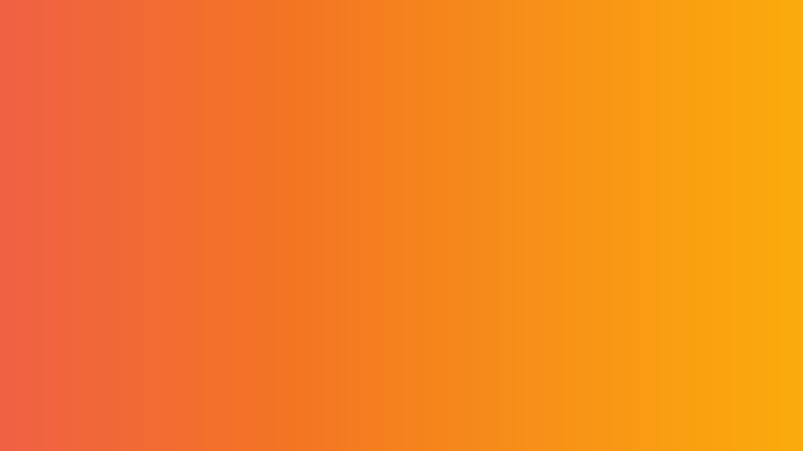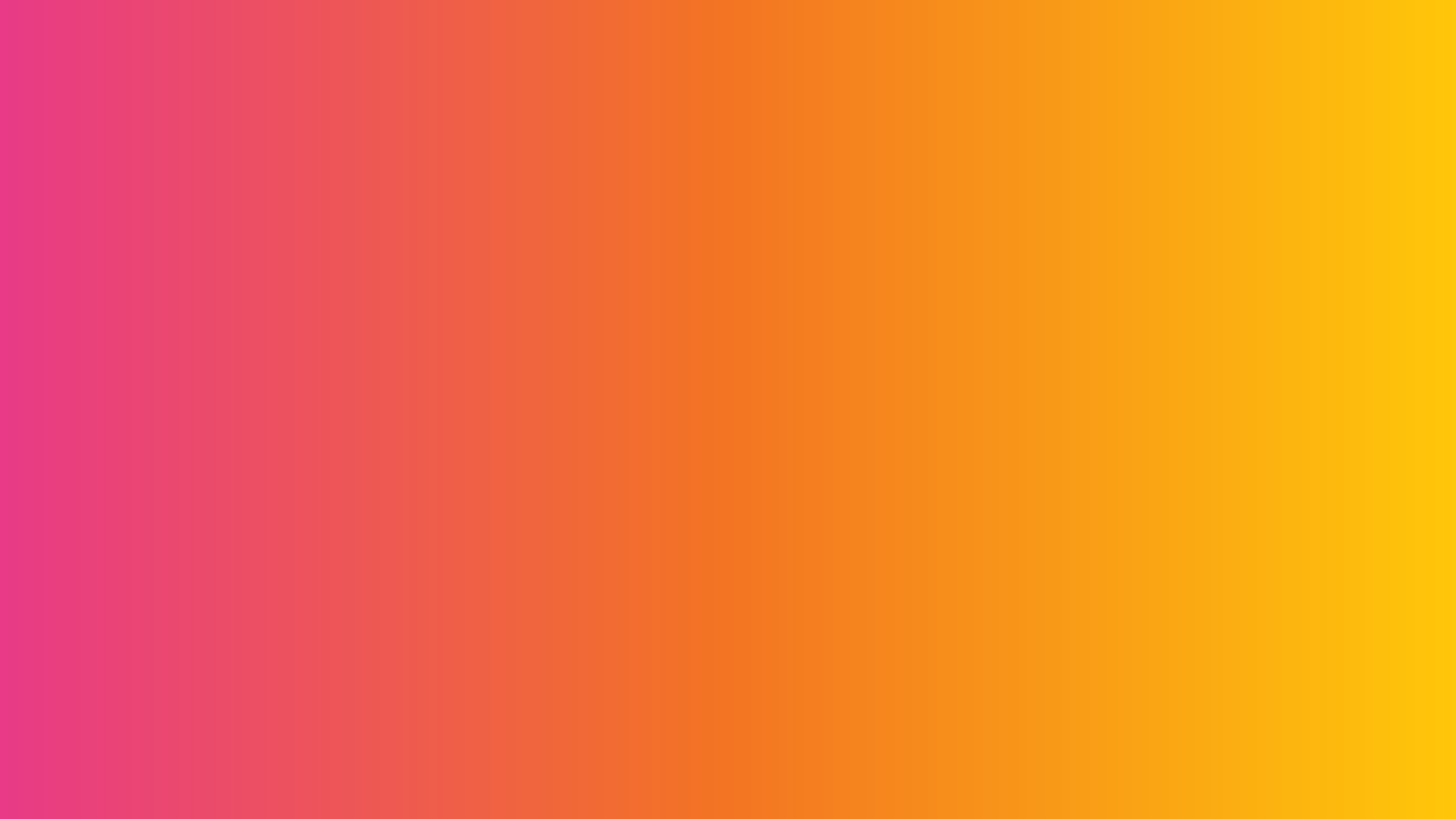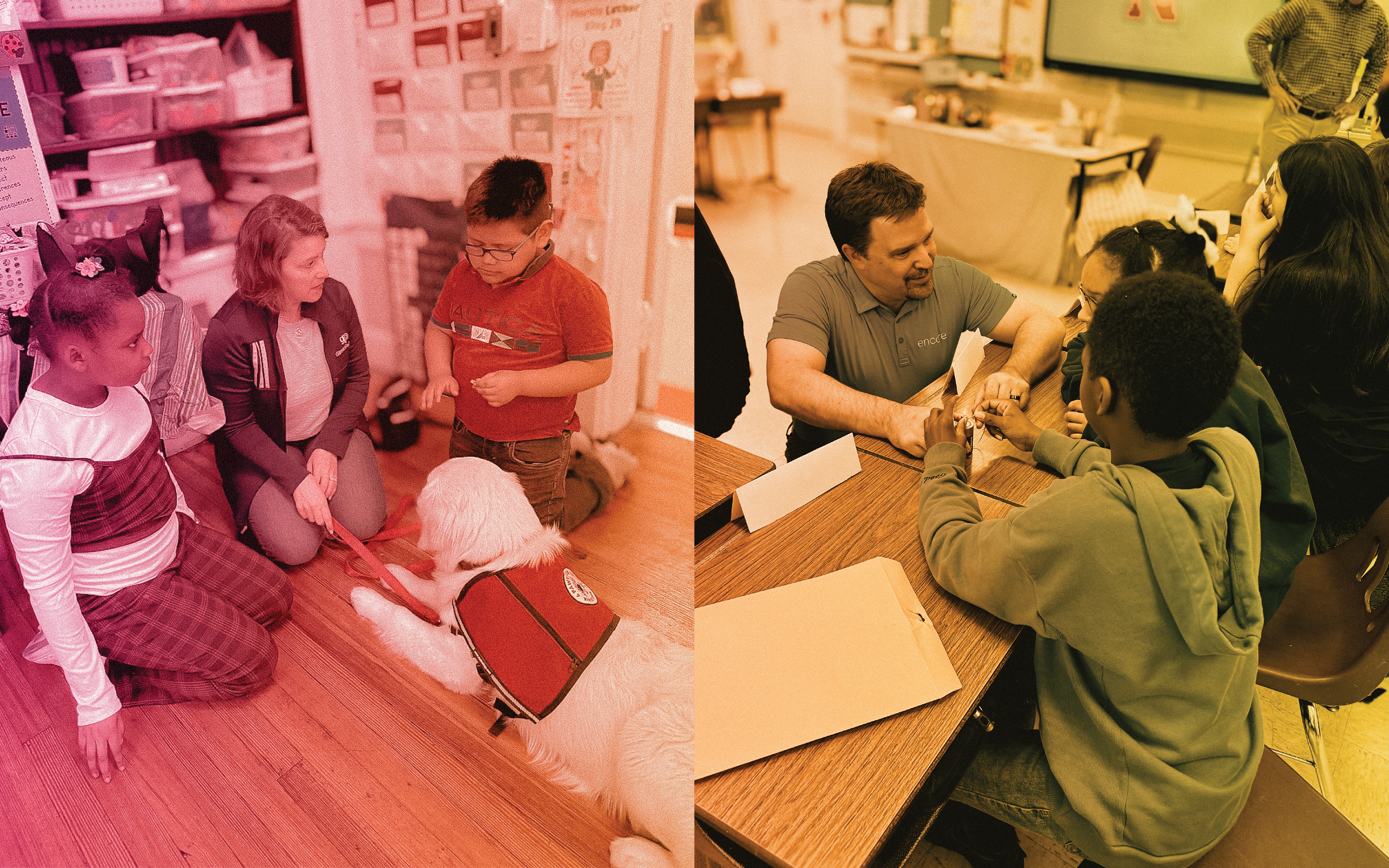
Welcome to The Moment Campaign! Small moments can lead to a BIG impact in the lives of our students.
It costs $100 to support one child's programming for an entire year—to fund their "moment" and all the ones that follow.
Be a Moment Maker!
onE hour, once a month, IN THE CLASSROOM

Today’s Students, Tomorrow’s Leaders
A bright future for young people extends beyond textbooks. Students’ futures are built on
real-world job readiness, exposure to exciting career possibilities, and guidance from dedicated role models.
At Adopt A Class, we provide essential experiences to equip students for success beyond the classroom.



